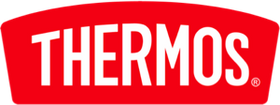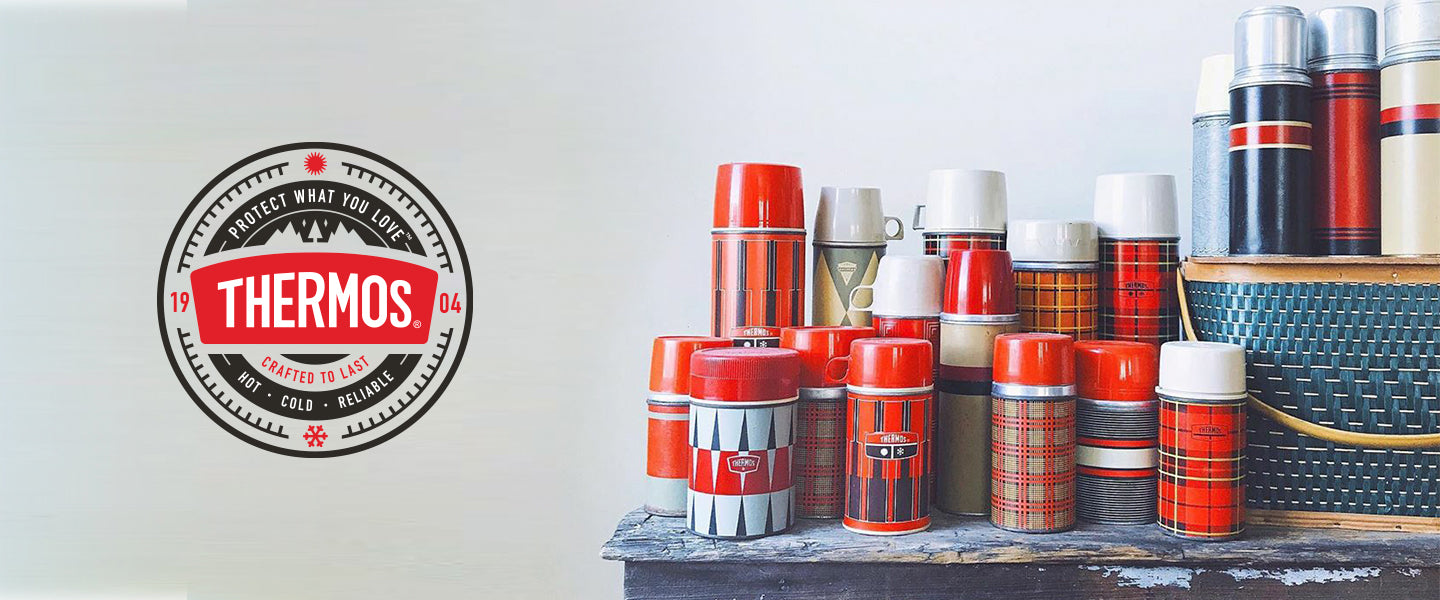
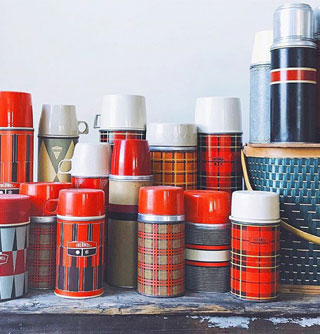
History of thermos
Creation of the Vacuum Flask
The Vacuum Flask Origin Story
In 1892, Scottish scientist Sir James Dewar invented the vacuum flask. Through his work in cryogenics, he identified a need to keep a chemical placed in a flask at a stable temperature. To do this, Dewar placed a glass bottle in another larger glass bottle, and evacuated the air between the two bottle walls. In doing so, Dewar created a partial vacuum to keep the temperature of the contents stable. Hiring a professional glass blower to make a sturdier flask led to the commercial manufacture of the “Dewar Flask” in 1898.
Thanks to Sir James, the vacuum flask became a significant tool for chemical experiments, and, later with improvements from others, a popular household item.
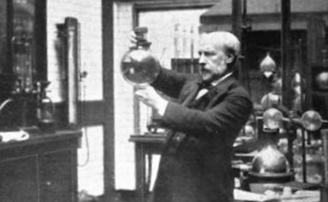
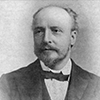
Sir James Dewar circa 1910 (above) and 1920 (left)
The History of
the Thermos Brand
Reinhold Burger (Dewar’s glass blower) and his business partner Albert Aschenbrenner were manufacturers of scientific glass devices. While producing flasks for Dewar, they crafted a domestic vacuum flask with a protective metal casing and secured a patent for it.
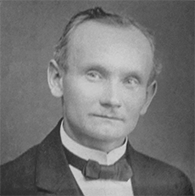
Reinhold Burger circa 1900
Burger and Aschenbrenner hosted a competition to name the vacuum bottle. A local resident submitted the word “Thermos” derived from the greek word thérmē meaning heat.
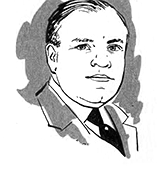
William B
Walker
An American businessman, William B Walker, met Burger on his travels to Berlin. In learning of the “Thermos” brand bottle and realizing the potential market in the United States, he strategically made plans to import, obtained the necessary patent rights, and began raising capital to manufacture in his country.
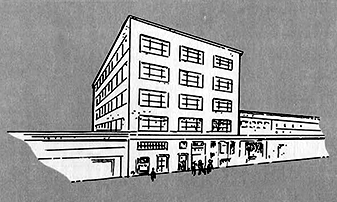
First Thermos plant, Brooklyn, NY
On January 31, 1907 Walker founded The American Thermos Bottle Company incorporated in Portland, Maine. A factory was leased in Brooklyn, NY, and under the supervision of Burger, imported machinery and German glass blowers to train workers on the proper manufacturing techniques.
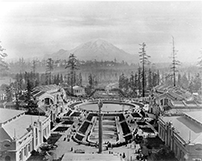
The Alaska-Yukon-Pacific Exposition with a view of Mount Rainier
Grand prize award
Being praised around the world for its design, Thermos won the “Grand Prize Award” at the Alaska-Yukon-Pacific Exposition (World’s Fair) and continued to be honored at seven more world expositions.
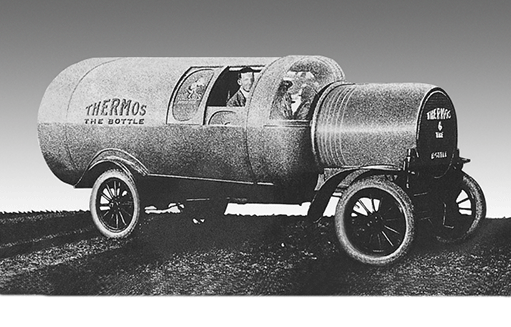
Long before public relations became big business, Thermos kept its product in the nation’s headlines.
Thermos Limited, located in England produced the first machine-made glass filler, a critical industrial breakthrough for speeding up production. In automating this glass blowing process, Thermos became a world leader in glass vacuum technology and manufacturing.
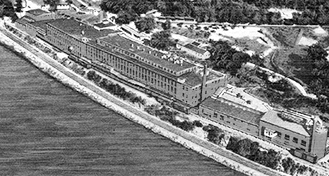
American Thermos Bottle Company, Norwich, CT
The Thermos bottle craze surpassed Walkers anticipations—demand was exceeding production. Plans for a new site began and citizens of Norwich, CT, eager to bring purpose to their city, raised enough funds to buy land and build a factory.
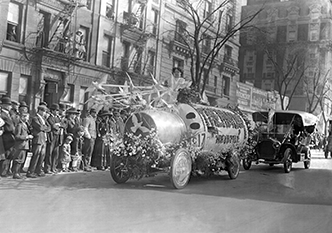
WW1 Victory Parade
The No. 24 pint-size “Blue Bottle” was introduced for a mere 98 cents, as well as a new gallon-sized insulated food jar known as the Thermos Jumbo Jug.
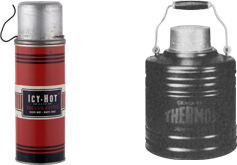
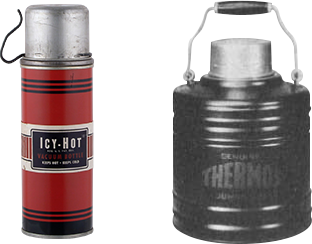
Circa 1920, Icy Hot Bottle and circa 1924 Thermos Jumbo Jug, a gallon-sized cork insulated container
The No. 24 pint-size “Blue Bottle” was introduced for a mere 98 cents, as well as a new gallon-sized insulated food jar known as the Thermos Jumbo Jug.
Thermos Bottle Co. merged with the Icy-Hot Bottle Co. of Cincinnati Ohio, also a vacuum bottle company established in the early 1900s. The combined company became known as The American Thermos Bottle Company.
Advancements led to new uses for vacuum-insulated technology. Notable products were the insulated cabinets for ice cream and frozen fish, in demand until mechanical refrigeration became available in the 1930s.
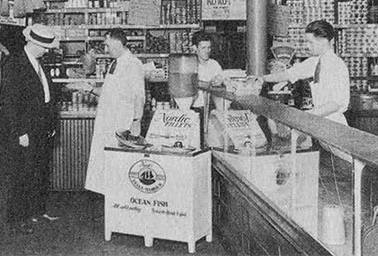
In 1929, Thermos was manufacturing vacuum containers for the storage of frozen fish.
During World War II, the Thermos pint bottle and the workmen’s lunch kit were granted the highest civilian priority ratings, requiring facilities to keep up with the demand. OVER 98% OF THERMOS FACTORIES EITHER PRODUCED PINT BOTTLES OR SPECIAL BOTTLES DESIGNED FOR MILITARY USE OR USE IN ATOMIC ENERGY LABORATORIES.
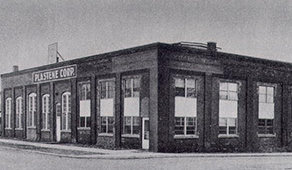
Thermos acquired the Plastene Corporation of Indiana, manufacturers of plastic wall tiles and bathroom fixtures.
2,000,000
Improving on their lunch kits, Thermos released the first fully lithographed steel lunch box with the image of Roy Rogers, which sold over 2,000,000 units in the first year.
Expanding even further, Thermos gained control of Hemp and Company, Inc. of Illinois, producers of the “Little Brown” insulated picnic jugs and chests, and outdoor grills.
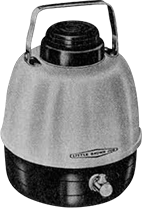
Hemp and Company
“Little Brown Jug”
Thermos brand products, known almost universally now, had been used for plasma and insulin transit, as well as being utilized in various instruments measuring electric power, rate of climb in airplanes, detection of oil deposits, and weather reporting.
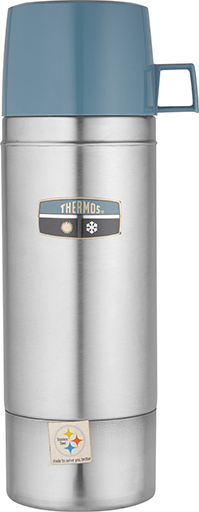

Thermos merged with the King-Seeley Corporation, thus entering the tent, camp stove, and lantern field.

Thermos began long-standing partnership with Mattel™ with the introduction of the Barbie™ metal lunch box and bottle.
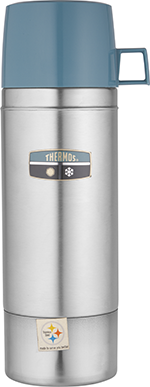
Thermos introduced the world to their first stainless steel vacuum bottle.

Successfully introduced onto the market was the Thermos Coffee Butler, a vacuum-insulated glass carafe, becoming one of the top household products in North America that year.

The high-performance IceBound line of soft coolers is introduced. Made with exclusive IsoTec™ multi-layered insulation and a leak-proof interior lining.
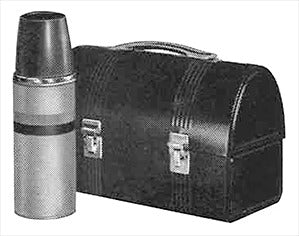

In celebration of their 100th anniversary, Thermos hosted a gala at the Smithsonian Museum of American History with a featured retrospective display, “Taking America to Lunch,” a historical look at vacuum bottles and lunch kits from the 1880s–1980s.
Introduced FUNtainer® line of kids insulated products

In celebration of their 100th anniversary, Thermos hosted a gala at the Smithsonian Museum of American History with a featured retrospective display, “Taking America to Lunch,” a historical look at vacuum bottles and lunch kits from the 1880s–1980s.

Introduced FUNtainer® line of kids insulated products

Parent companies acquired alfi GmbH, 100-year old German company specializing in premium carafes

Thermos L.L.C. acquired Lifefactory, Inc., leader in glass hydration and baby products featuring silicone sleeves
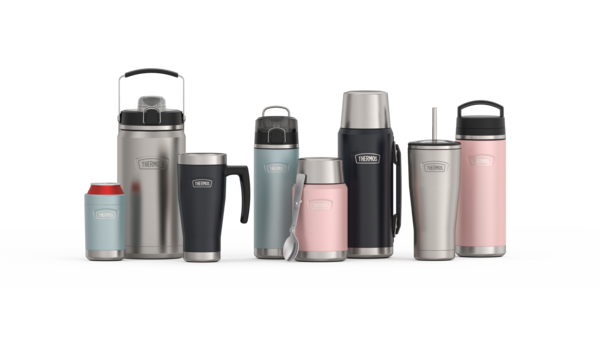
Thermos L.L.C introduced the new Icon Series product line. With a focus on hot food and beverage containers along with hydration and coolers, this is by far the most versatile product launch in our history.
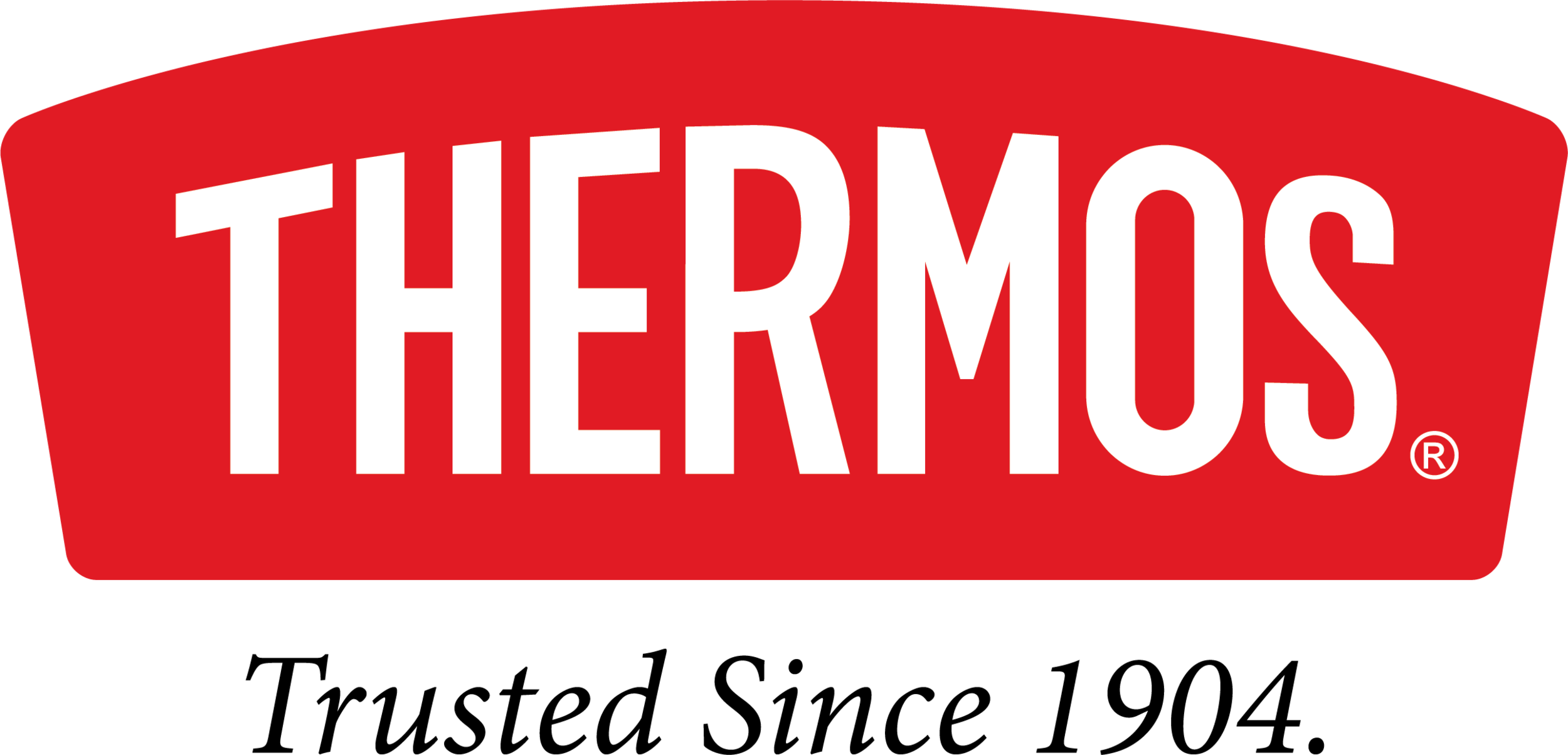
Thermos Brand Celebrates 120-year anniversary.


